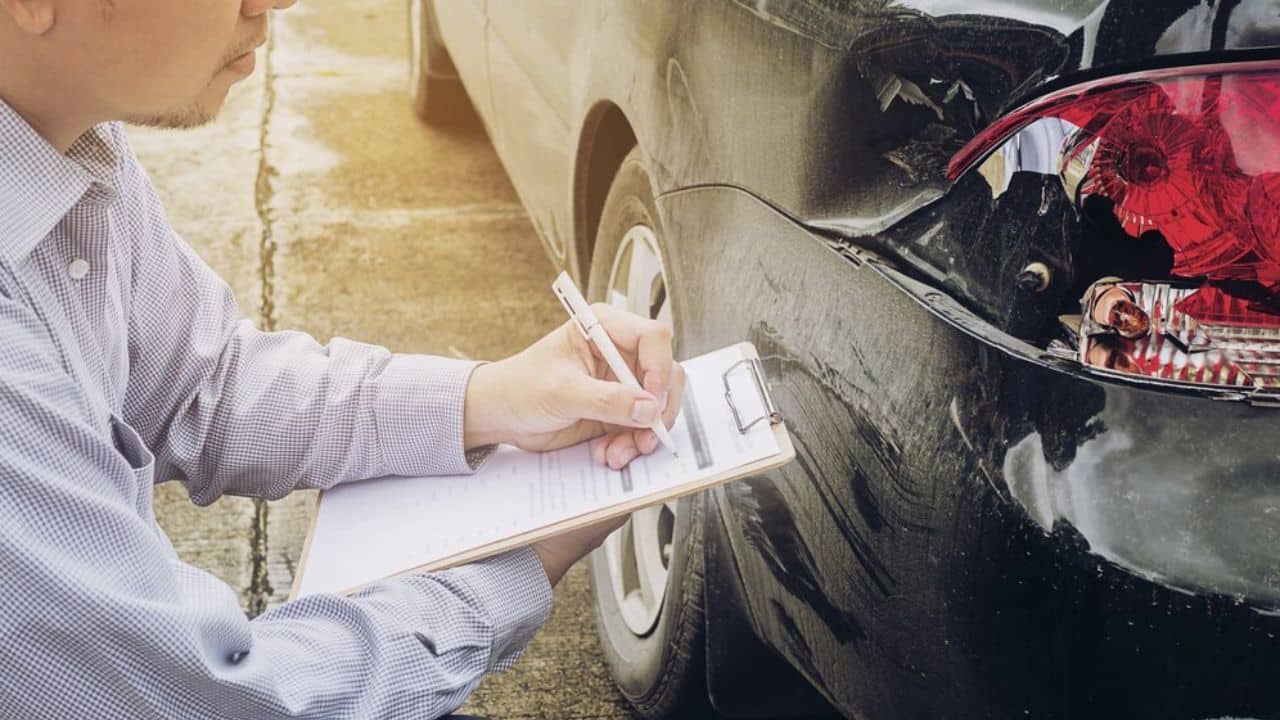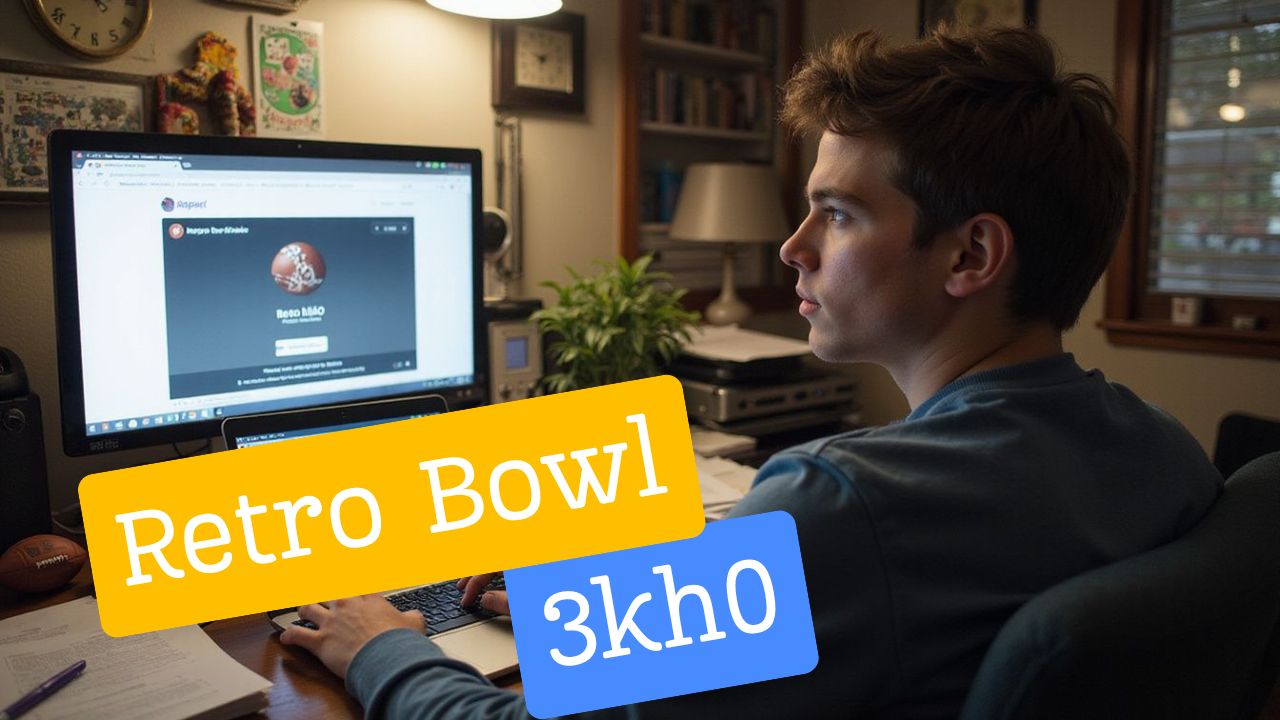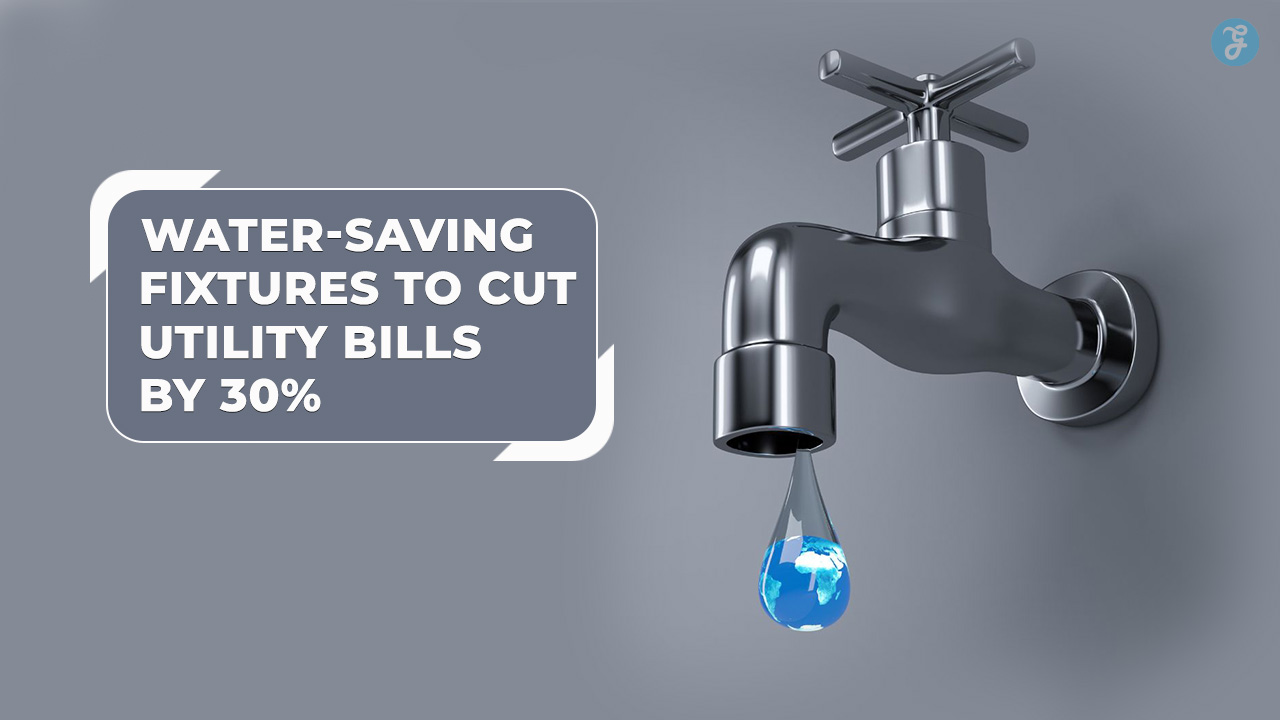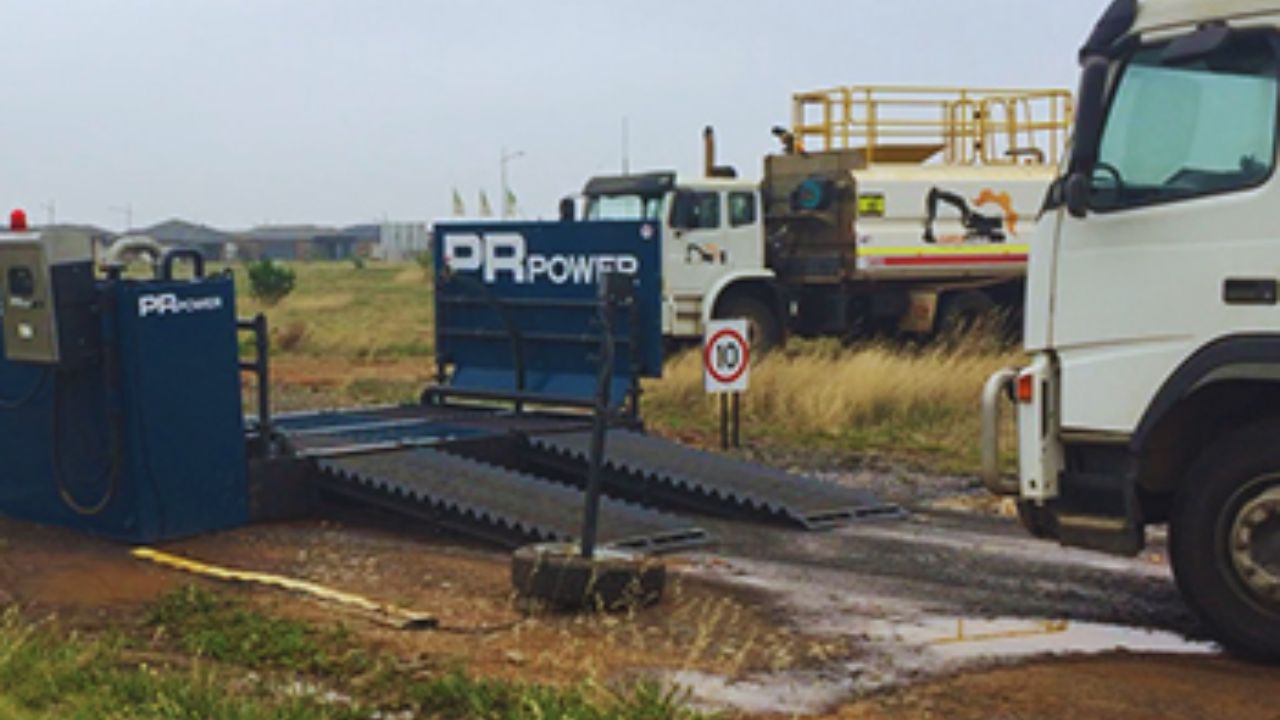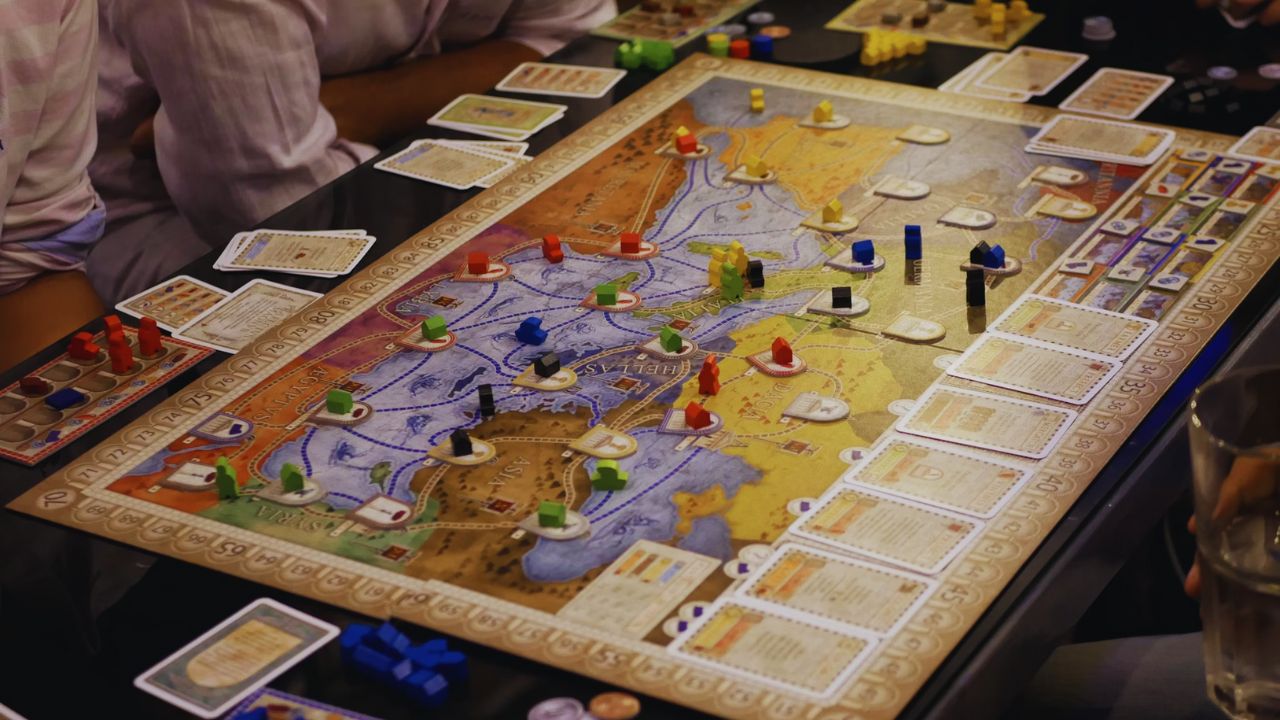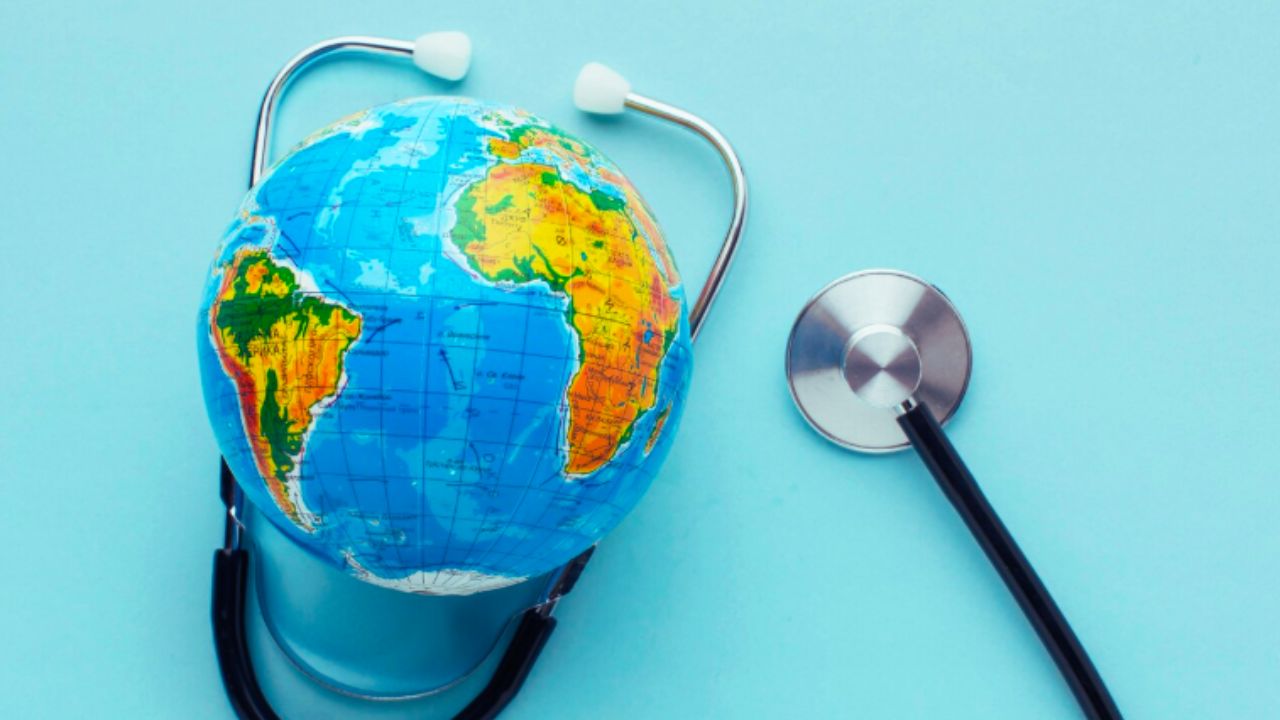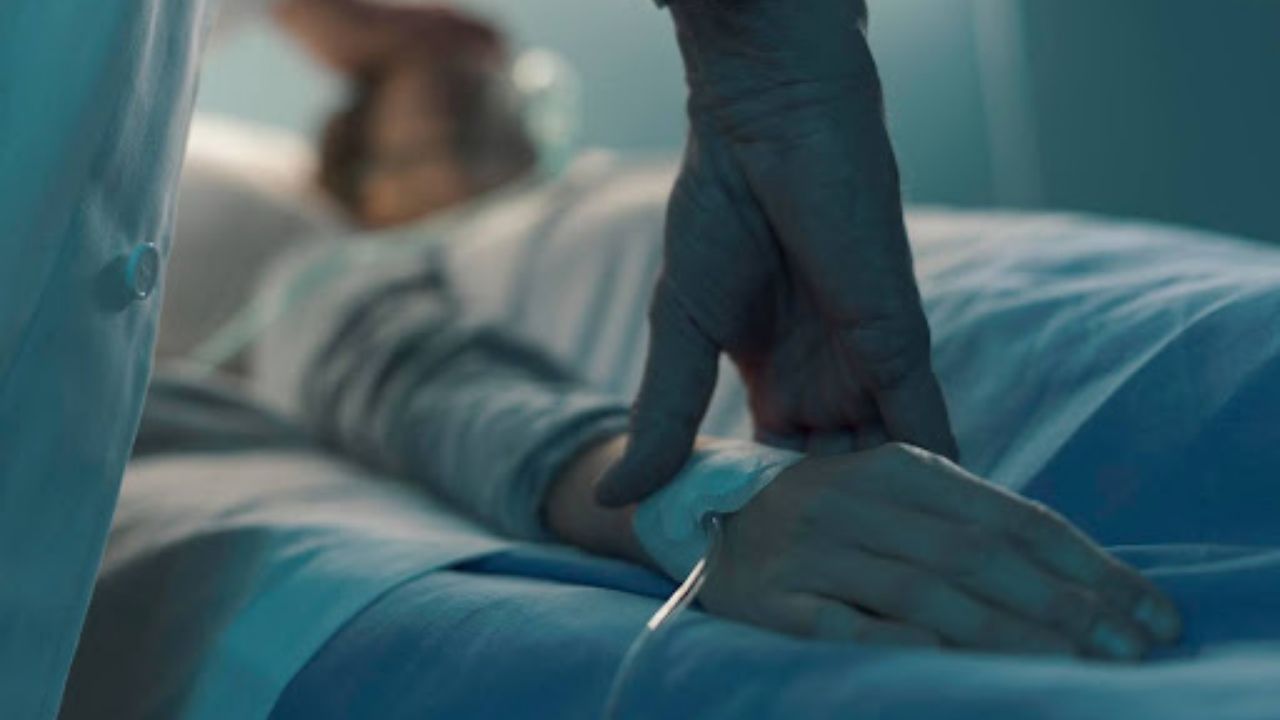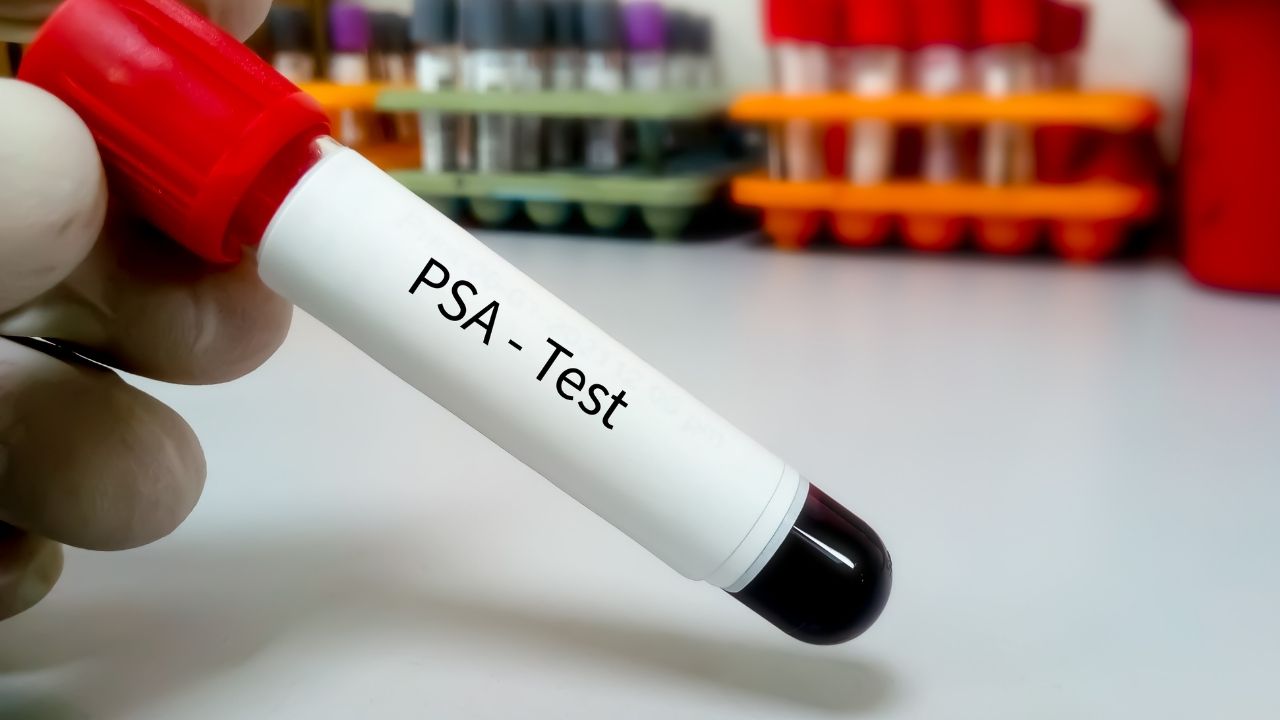Being hit by a vehicle as a pedestrian can lead to serious injuries and overwhelming medical expenses. In Raleigh, victims of pedestrian accidents often face a complicated legal process when trying to secure compensation for their injuries. Insurance companies may attempt to shift blame or minimize payouts, making it difficult to recover the full amount needed for medical bills, lost wages, and pain and suffering.
This is where a pedestrian accident lawyer in Raleigh can help. An experienced attorney guides victims through every step of the claims process, from gathering evidence and negotiating with insurers to filing lawsuits if necessary. Understanding how to properly file a pedestrian accident claim can significantly affect the outcome. Let’s break down the key legal steps involved and how an attorney can strengthen your case.
Grasping the Concept of Responsibility
In proceedings, identifying who is at fault comes first. Negligence usually determines liability. The party held accountable is often the one who did not demonstrate care. Collecting proof to establish negligence, such as pictures, witness testimonies, and footage from traffic cameras. A police report frequently aids in pinpointing the party.
Getting the Process Started With the Claim
After establishing who is at fault, the next step is to start the claim process. Alerting the insurance provider about the accident is key. It’s crucial to offer details during this phase. This should cover the incident’s date, time, and place and any injuries sustained. Notifying them ensures a start to the claim procedure without any avoidable holdups.
Healthcare Care Plans
It is crucial to have detailed records when filing a claim for a pedestrian accident. These records help in both recovery and documenting injuries effectively for the case evaluation process. They also support the impact of injuries on life through medical bills and records. Proof of the seriousness of the situation following recommended treatments also strengthens your case by demonstrating your dedication to getting better.
Determining the extent of harm caused
Assessing damages includes considering both nonfinancial losses after an incident occurs. Financial losses involve medical bills and lost earnings as well as any other expenses resulting from the accident; nonfinancial losses cover emotional distress and reduced quality of life due to pain, and suffering encountered post-injury or accident impact assessment is completed validates the total cost associated with the incident, in question.
Initiating Legal Action
Legal action, such as initiating a lawsuit, could be required if discussions do not result in an agreement between the parties. This process includes presenting a grievance to the court detailing the specifics of the incident, the injuries incurred, and the desired compensation. Following this submission, the legal proceedings advance to the discovery stage, during which both sides share details and collect evidence.
Trial and Discussions for Reaching an Agreement
Before a lawsuit is headed to court for trial proceedings, some cases may undergo trial and settlement conferences as part of the legal process. These gatherings offer a chance to settle the dispute without the potential need for a trial. During these meetings, the parties involved present their positions and arguments with the help of a mediator. Settlement conferences have the potential to result in an agreement being reached, which can save time and resources.
The Process of Going Through a Trial
If the case goes to trial, in-court proceedings occur where both parties present their arguments in front of a judge or a jury panel. Each side brings forth evidence and testimonies from witnesses to bolster their assertions. This legal process often takes significant time as it necessitates thorough planning and careful consideration of every detail. If a positive judgment is reached, compensation is granted, providing some sense of resolution for those impacted by the incident.
Finalizing the Claim
After an agreement or decision regarding a case or dispute, the resolution process concludes with the distribution of compensation to the parties involved. This compensation covers payment for services and any remaining medical expenses that need to be settled as well. Receiving the compensation often brings a feeling of resolution. It enables individuals to progress while handling the awarded funds responsibly and sets them on a steady course toward recovery.
Conclusion
When filing a claim for a pedestrian accident, there are steps that need thought and action. From determining who is responsible to wrapping up the compensation process, knowing the procedures help people pursue fairness efficiently. By adhering to the provided guidelines, individuals impacted by pedestrian accidents can move through the system with assurance and understanding.


